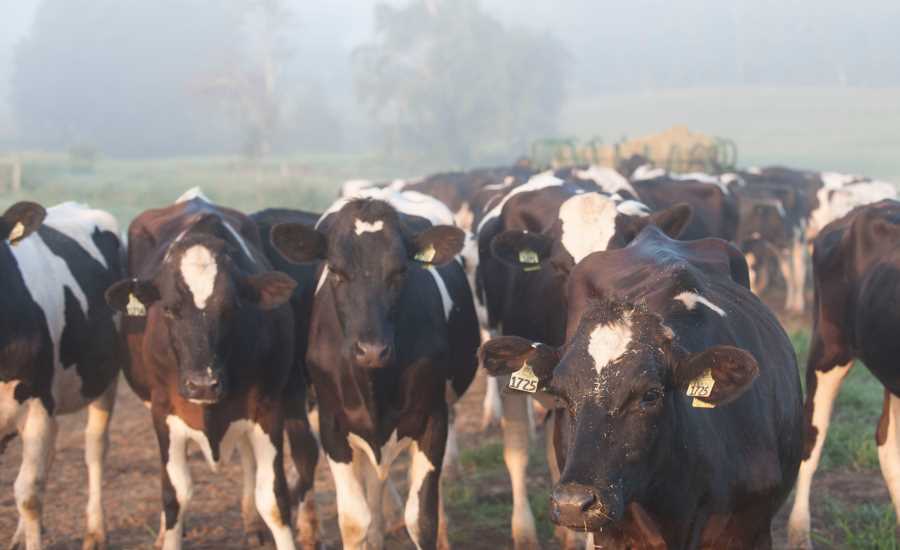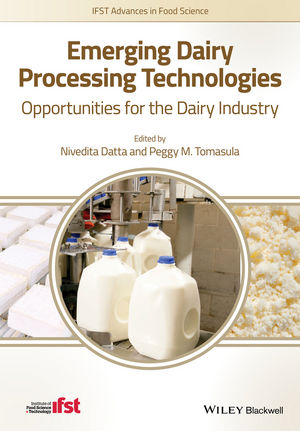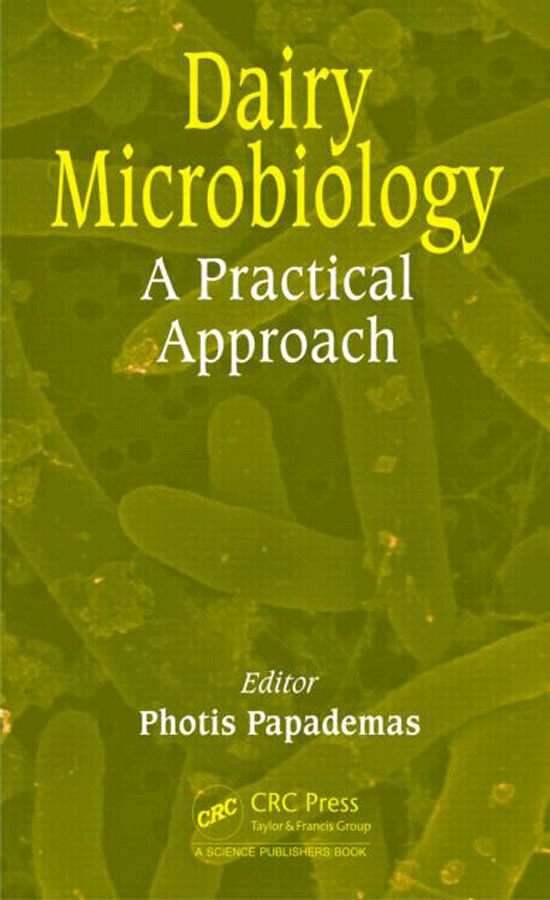Milk production is up in Wisconsin; cows produce more milk each year than the year before, and America’s Dairyland uniformly describes itself as in crisis.
Capitalism is an indifferent taskmaster, measuring success in growth and profits. But a different metric has shaken the Wisconsin dairy industry, worried rural communities and motivated policymakers: The number of active dairy farms in Wisconsin has dropped dramatically.
Since January 2015, nearly 2,000 farms have stopped milking in the state — about 20% of the dairy farming community.
To confront these numbers, Gov. Scott Walker started, and new Governor Tony Evers will finish, a task force of farmers, processors, bankers and others looking for ideas to stem the tide of farm losses. By mid-March, the 31-member task force had approved more than 50 recommendations “in an effort to alleviate the financial and emotional stress experienced by our state’s dairy farmers,” noted an update from the Wisconsin Department of Agriculture, Trade & Consumer Protection.
Opportunities abound in the dairy industry. More than ever, manufacturers are attuned to new product development, innovations in serving size and convenient packaging, and the endless potential for dairy components as nutritious ingredients in foods tailored to every age group.
But dairy farms across the nation have felt the pain of losing a way of life. Milk prices have stagnated under elevated milk supplies since 2015, and more recently, tariffs in Mexico and China have chilled exports while beverage milk sales continue to slide.
How does a task force reconcile the potential for dairy against economic pressures that stress dairy farm families?
Seeking solutions
Here’s a sampling of ideas fomenting in America’s Dairyland:
- Study the feasibility of a Wisconsin Dairy Export Board to coordinate sales opportunities, consolidation, shipping and distribution of Wisconsin dairy products to markets abroad.
- Develop a technical R&D program for dairy exports within the Center for Dairy Research at the University of Wisconsin.
- Execute detailed consumer preference research with U.S. Dairy Export Council in select overseas markets to learn potential dairy product, ingredient and packaging opportunities.
- Double a state dairy processor grant program — targeted at expansion, modernization and new product development — from $200,000 to $400,000 annually.
- Reinstate a state tax credit to assist beginning farmers in the purchase of land, livestock, facilities and equipment.
- Create a nutrient environmental technology loan guarantee program to protect up to 90% of loans for waste management technology on dairy farms.
- Add state funding for additional staff at the Center for Dairy Research.
- Propose a dairy innovation center as described in the new U.S. Farm Bill.
- Explore a shared production campus for new start up cheesemakers in Wisconsin.
- Build distribution and warehousing infrastructure to aid specialty cheesemakers in reaching markets on the East and West Coasts.
- Support farms venturing into agritourism.
- Reinstate a Grow Wisconsin Dairy initiative that funds farm consultations to transition family businesses to the next generation.
- Begin a registered apprentice program to link youth with existing dairy farms.
- Explore state assistance for rural businesses to create rideshare programs, offset costs for child care and partially cost-offset access to health care.
Policies, research, incentives — these tools can stimulate success in an indifferent marketplace and strive to build growth and profitability for more farms to share.






